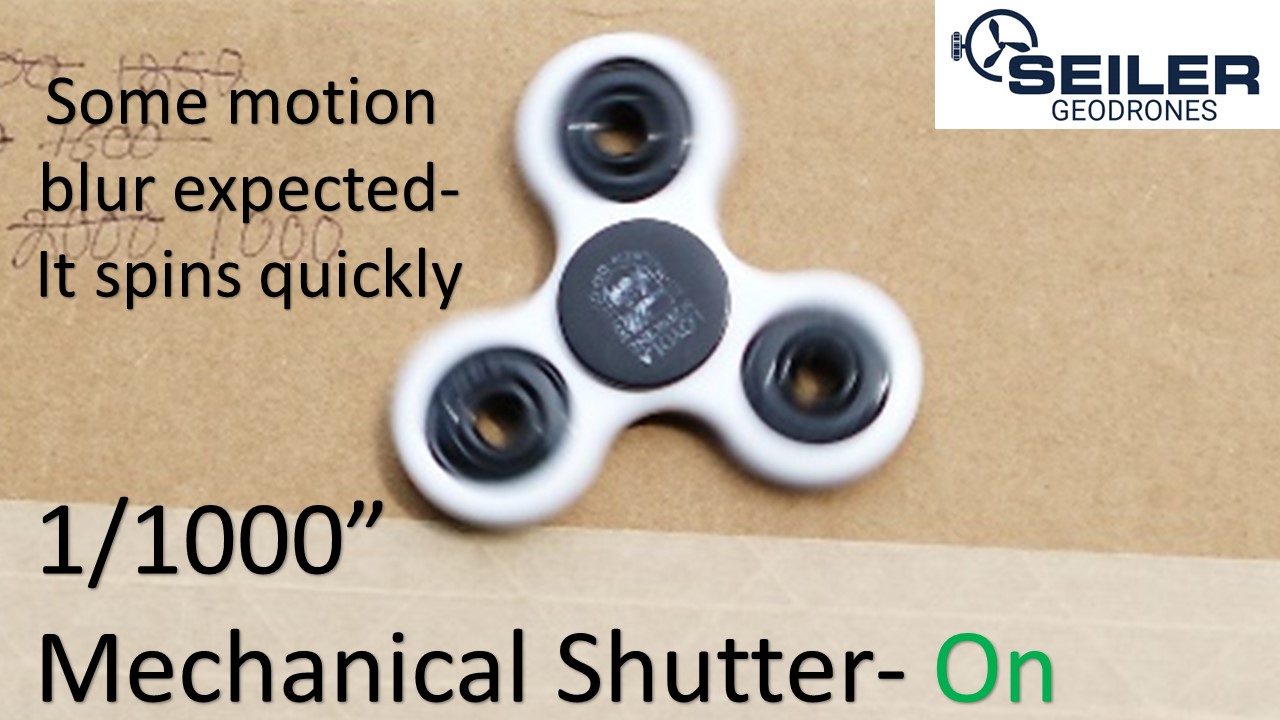Your cart is currently empty!
Powerful Range, Elevated Precision.
The DJI X7 Camera & Ensuring a Global Shutter
It’s been a while since our last blog post, and I’m hoping these will become more regular. Today’s topic is fairly well understood by the expert (or even intermediate) drone pilot, but can come as a surprise to beginners. When it comes to drone photogrammetry, there is an important aspect to how the shutter captures light. You can either have a global shutter or a rolling shutter. Essentially a global shutter is when the entire image is read or exposed at the
exact same time (or very close to it); whereas, a rolling shutter is when the entire image is read or exposed at slightly different points in time. This is very important in photogrammetry if the camera is moving. Rolling shutters can create an issue in creating noisier or inaccurate data, so we try to avoid them. That said, we do have different data processing platforms that do help mitigate this issue (for example, Pix4D), but they can’t completely eliminate the errors. The best method is to start with a global shutter on the drone itself. In some cases, like the one being featured in this post, you see cameras that are intended for double-duty. The DJI X7 is such a camera, it’s designed to be good for still imagery or video as well, so it offers both types of shutters. We’ve got a lot of customers out there that utilize this camera because of the higher megapixel count and the larger sensor size to produce good data, so we’ve spent quite a bit of time in learning the specific characteristics. Here are our tips relating to the shutter, keep in mind that our tests were done with the preferred lens option and the only one we offer for photogrammetry (24mm):

- Do not use the 16 mm lens option as it lacks the hardware shutter and must rely on the rolling shutter.
- You do want to set the switch to use the “Mechanical Shutter” to on; however, when we tested this, it would not force it on in faster shutter speeds.
- Set the shutter speed priority to 1/1000″ or slower. Any speed faster than 1/1000″ will result in a rolling shutter.
I do the testing with a fidget spinner as they spin very fast and a rolling shutter is very conspicuous as the different ends appear warped. Keep in mind that if you’re wondering about your camera, it’s very easy to replicate this with your own fidget spinner and a quick review of your photos. I’ve attached a PDF of the results. They include testing at various shutter priorities and with the mechanical shutter switch on or off as noted.
Thanks for reading!



Leave a Reply